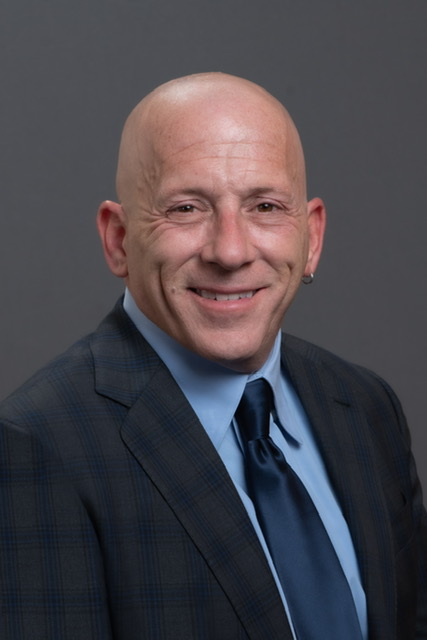
While the term ‘environmental justice’ (EJ) recently picked up momentum, the origins of the movement date back all the way to pre-1980s America. The organized EJ movement was sparked in 1982 when a small, economically disadvantaged community was chosen to host a landfill that was being created to dump PCB-contaminated soil.
The first Presidential recognition of environmental justice occurred in 1992 when George Bush Sr. established the Environmental Equity Group headed by the EPA. This began federally sponsored meetings on EJ with community leaders to seek solutions to ongoing environmental crises. In 1994 President Bill Clinton issued an executive order that directed the federal government to make environmental justice a part of the federal decision-making process. In addition, it focused attention on the health and environmental conditions in minority, tribal, and low-income communities with the goal of achieving environmental justice and fostering nondiscrimination in programs that substantially affect human health or the environment.
Environmental justice insists upon the fair treatment so that no one community receives a disproportionate share of environmental hazards created by governmental or commercial policies. This movement seeks to give voice to those who otherwise may not have environmentally safe communities to live and work in.
That voice, in recent times has substantially turned up its’ volume. EJ provides education and grants to groups and individuals seeking to uplift their community. All of this will continually raise the national awareness of community, land & property related environmental concerns.
One example of EJ in action occurred in Rochester, NY in 2000 when the citywide childhood lead poisoning rate was at 23.6%. This was greater than the average rate in New York State, which itself had the highest state rate in the country. A series of initiatives was undertaken by officials to address this environmental issue. In addition to passing new inspection ordinances, the city also recognized the financial burden placed on property owners. They helped secure $50 million in funding from HUD between 2003 and 2017 that went directly to the impacted properties to offset testing and remediation costs.
Of course, you might say, that was years ago, what is being done today to help property owners comply with complex NYC lead-based paint requirements that many of our regulators believe fall into the category of “environmental justice”? The answer to that is two-fold. Firstly, I cannot stress enough how important it is for property owners who are serious about complying with the regulations to partner with a licensed and experienced environmental services firm.
The second thing property owners can do is search for grants to assist with funding for lead-based paint remediation. One such program, The Lead Hazard Reduction and Healthy Homes - Primary Prevention Program (PPP), is a joint initiative between New York City Department of Housing Preservation and Development (HPD) and the Department of Health and Mental Hygiene (DOHMH). This program offers federally-funded grants for reduction of lead paint hazards and other health risks to owners of residential buildings constructed prior to 1960.
One important note about applying for NYC’s Lead Hazard Reduction and Healthy Homes - Primary Prevention Program (PPP) is that this grant, and many others cannot be used to remediate conditions after a violation has occurred. That means property owners need to be proactive in getting lead-based paint inspections conducted to identify lead-based paint hazards before they receive violations from the city.
Environmental justice is becoming more than just a slogan or a trendy topic. It is a comprehensive program/movement by the federal government and impacted communities, intended to elevate the lives of all community members. As lead, asbestos, mold, PCB, subsurface, IAQ, vapor intrusion, legionnaires and other environmentally linked health hazards become more publicized, more attention will be paid to this concept of environmental justice.
The best practice, when and where practical, is to identify, strategize and then execute on how to minimize risk when it comes to those concerns that make up this NEW government initiative of environmental justice.
Partnering with a knowledgeable & experienced environmental company with national recognition like LEW Environmental Services is a great first step for property owners to best protect themselves and their properties from future environmental concerns that could create an environmental justice action.
Lee Wasserman is the CEO at LEW Environmental Services and NAETI, Mine Hill, N.J.
